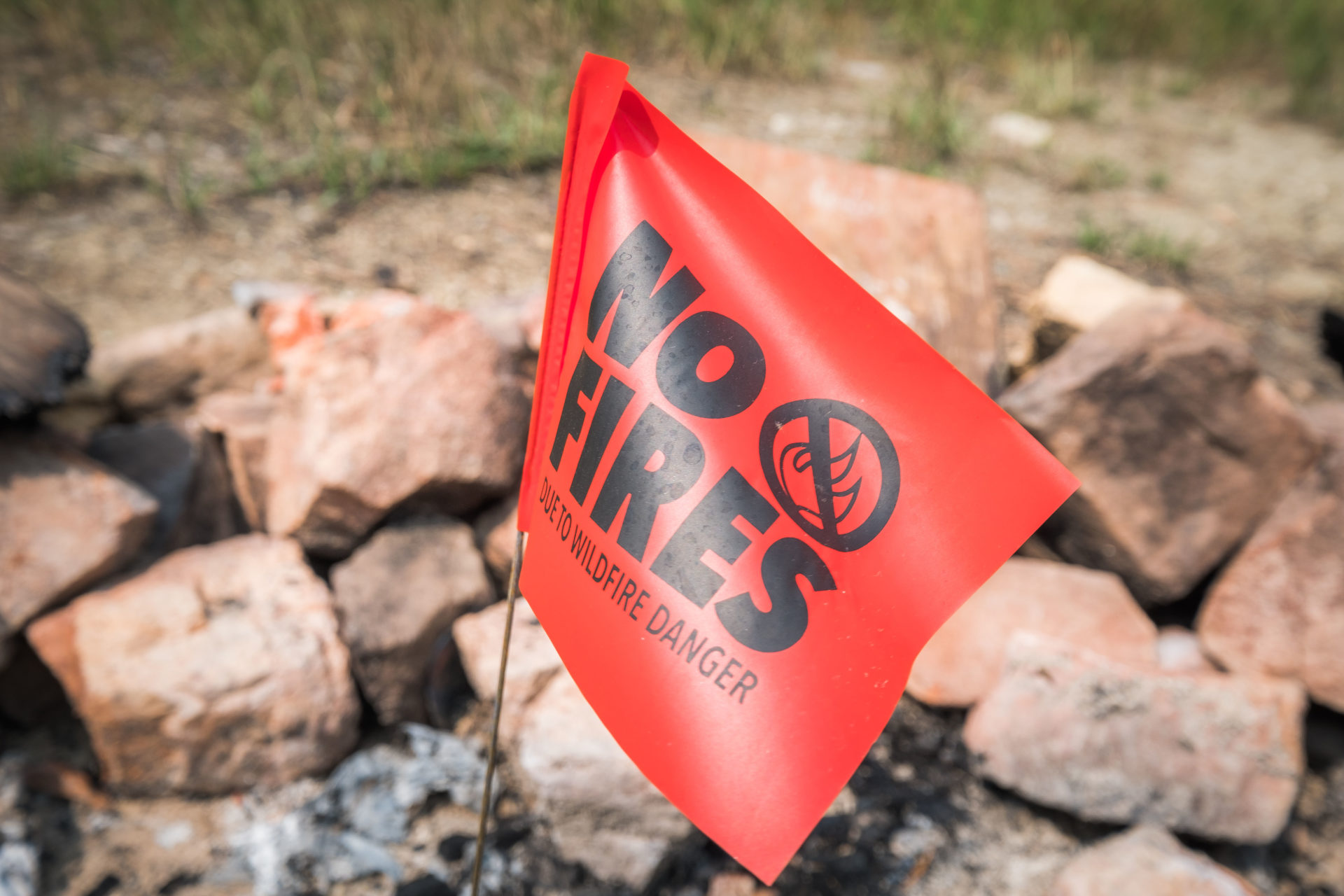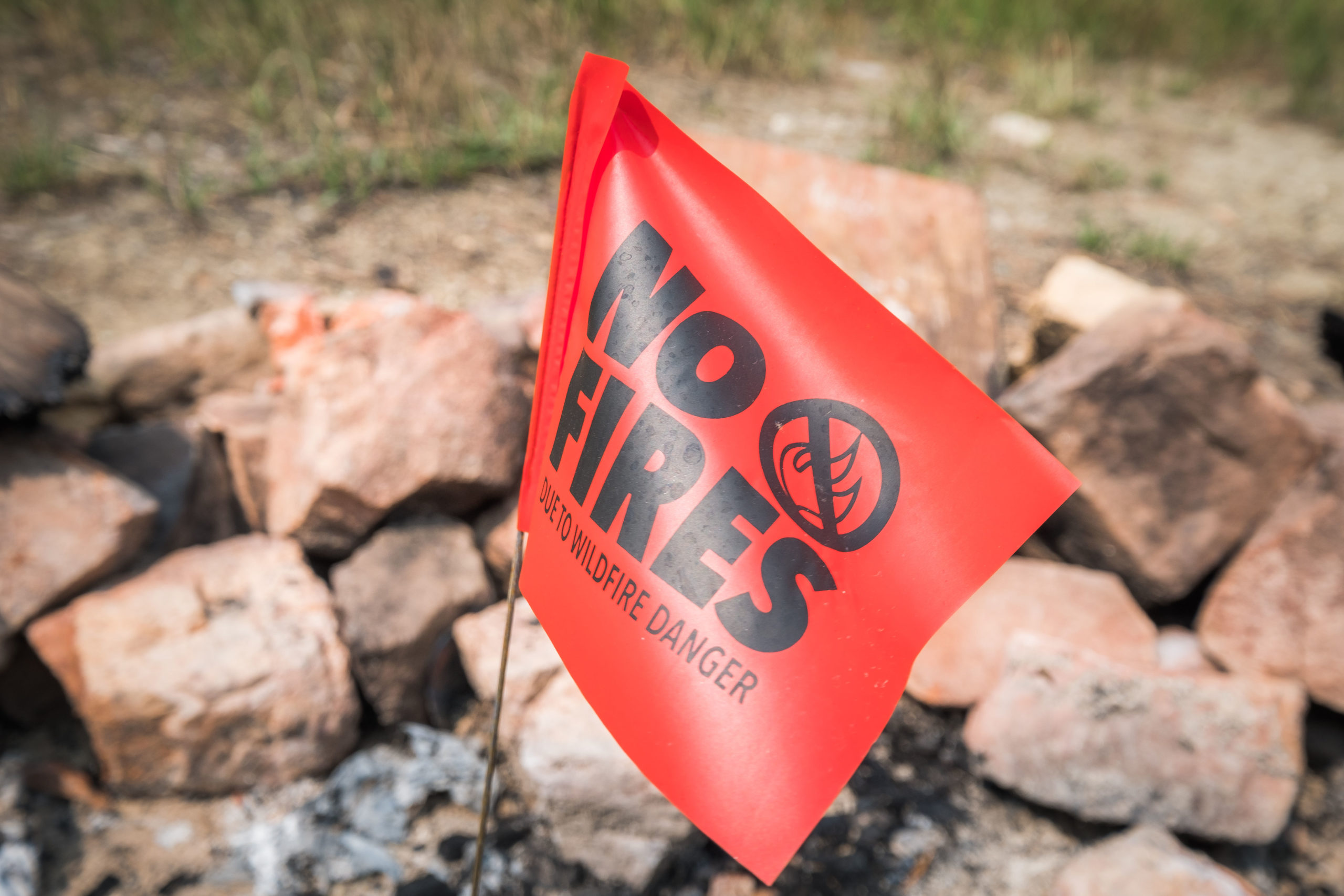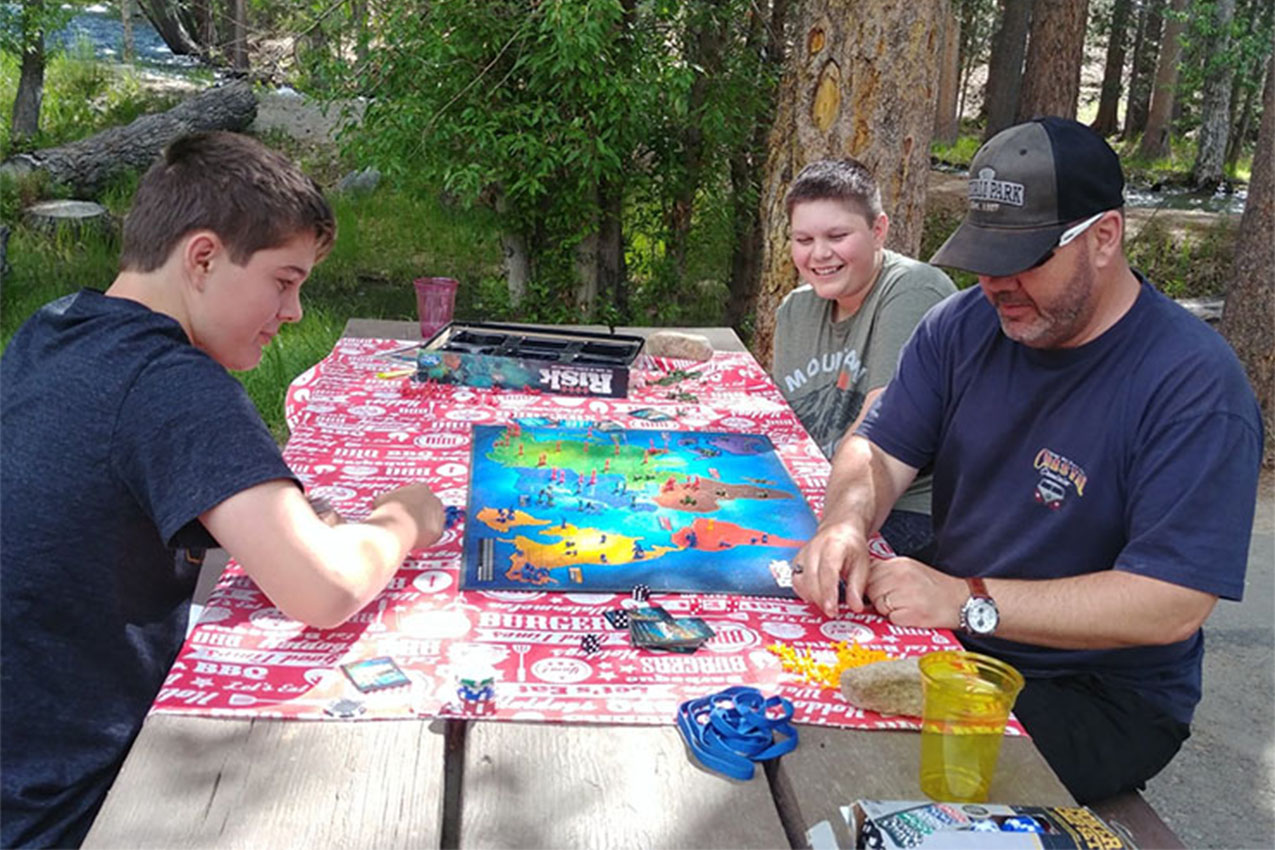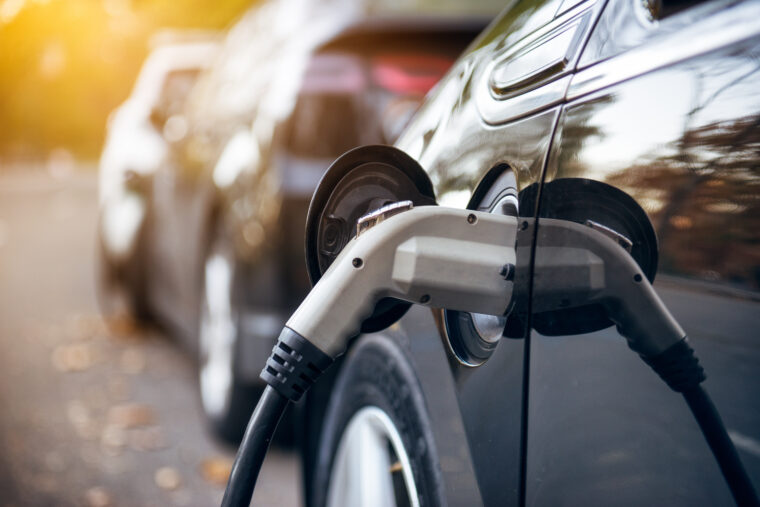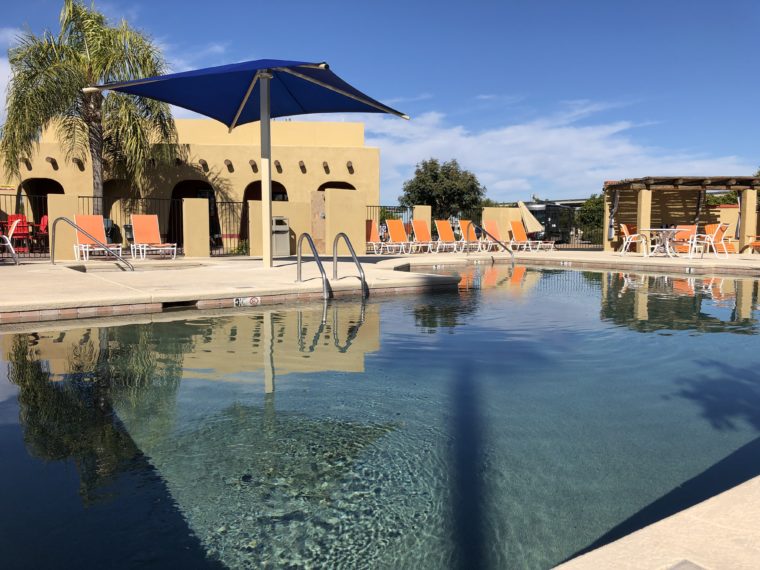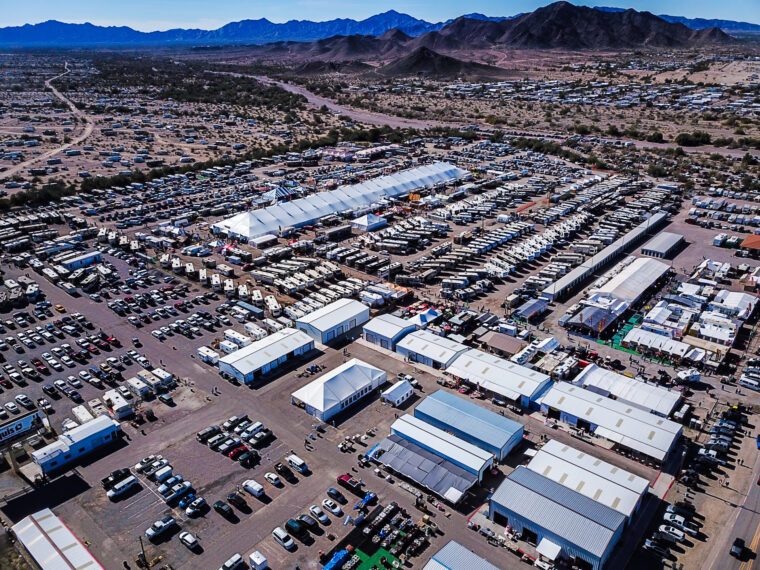This summer, I spent a week camping at Sully Creek State Park in North Dakota. A week before my arrival, I received an email informing me that a fire ban had gone into effect. Campfires were not allowed. With drought affecting large portions of the United States, fire bans are a relatively common restriction at campgrounds and dispersed camping areas around the country this year.
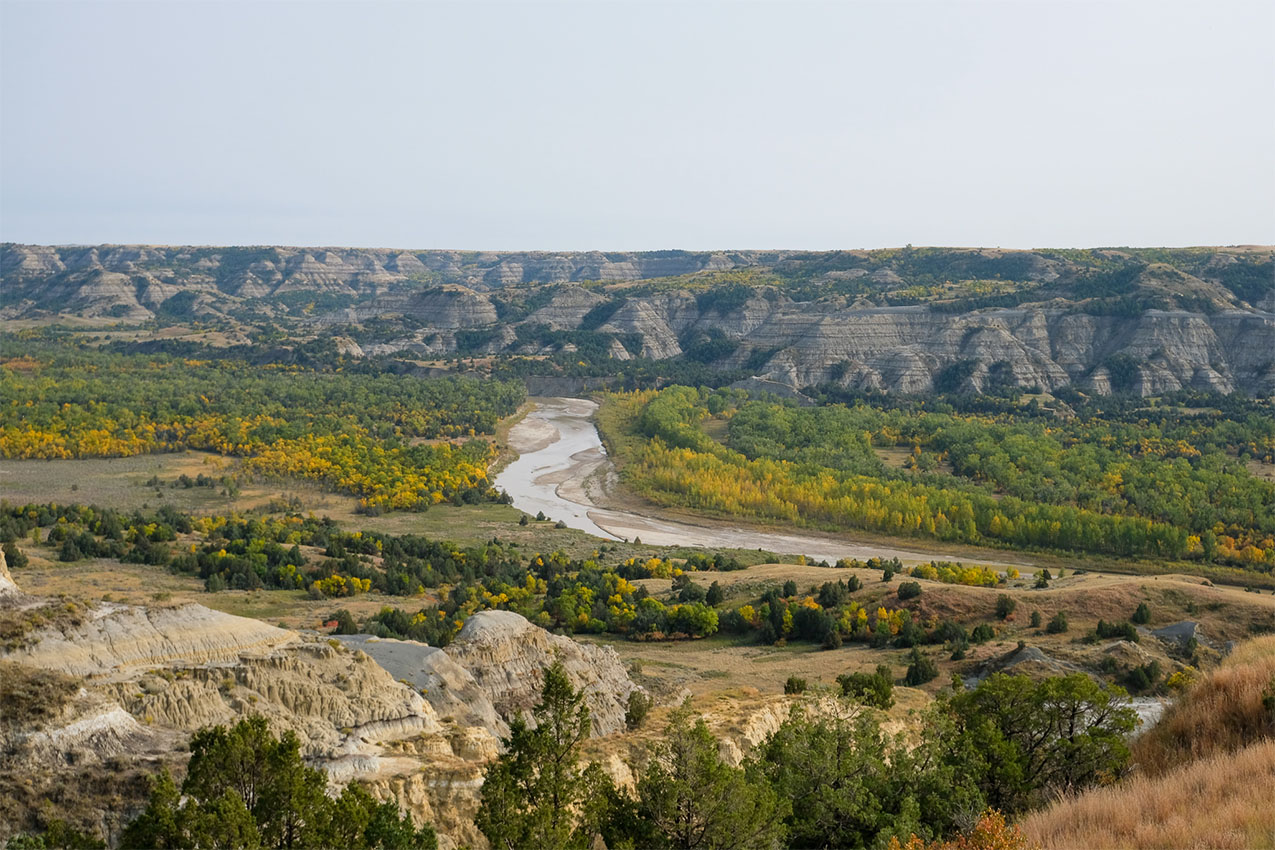
Sully Creek State Park | Medora, ND – Photo by: zrokids
At first, I was disappointed. But after my brother and I got there, we realized we didn’t really miss having a campfire. Instead of gathering wood and building a campfire, we enjoyed the sunset. We stargazed a lot more than we would have had we had otherwise. We also ended up spending more time in the park quietly waiting to spot wildlife, which paid off when we saw a massive bull elk.
You don’t need to have a campfire to have a great camping experience. Here are just some of the ways to substitute the summery vibes that a campfire provides.
About Fire Restrictions
When conditions become favorable for spreading wildfires, campgrounds and land management agencies will often place a burn ban or fire restrictions on the area. A single spark can cause a great deal of damage. These restrictions or bans are used to reduce the risk of uncontrolled wildfires that can damage public and private property, decrease air quality, and risk lives.
Sometimes there may not be a fire ban, but temporary conditions may still make it hazardous. Some examples include a windy or particularly hot and dry day. I have lost not one but two camp chairs to the campfire on windy days when there were no fire restrictions. So now, when it’s windy, I opt-out or fold up my chair every time I’m not sitting in it.
Another reason to opt-out of having a fire is if there is a limited supply of firewood. You should always buy or gather where you burn to prevent the spread of invasive species. But if there is not an adequate supply of firewood to gather and no one is selling any nearby, then going without is often the best choice.
To learn more about building a safer campfire (where they are allowed), check out Best Practices on How to Build a Responsible Campfire.
Campfire Alternatives
Campfires are handy for cooking, warmth, and light, along with the general ambiance they provide on a camping trip. But there are alternative ways to achieve all of these benefits, and each can be deployed even when there is a fire ban in place.

Photo by: Liz & Jake
Cooking
Check with the land manager where you are camping to be doubly sure, but in most cases, you can still use a gas or propane stove during a fire ban. When I experienced my first fire ban during a trip to Guadalupe Mountains National Park, my first concern was how I was going to cook. But fortunately, all of my planned meals could also be cooked on a propane grill. These types of grills have shut-off valves that help ensure they don’t start a fire. It’s also a good idea to keep them at least three free from flammable materials such as grasses or pine needles.
Many outdoor enthusiasts agree that roasting marshmallows or hot dogs are a fun part of camping, but hot dogs, marshmallows, and other campfire snacks can be roasted over propane grills and stoves too.
Light
You can still light your campsite with a fun ambiance without having a real fire. String lights are a great choice to create a warm glow around camp. Another way to light up your campsite with ambient light is to decorate with glow sticks, which can also be used for fun games. You can also set up lanterns around your campsite to give off an ambient glow.
Some RV’s are equipped with “fireplaces”—an electric unit that crackles with light to give the illusion of a campfire. Another way to create that campfire feel is to play crackling fire videos or sounds on your phone or tablet.
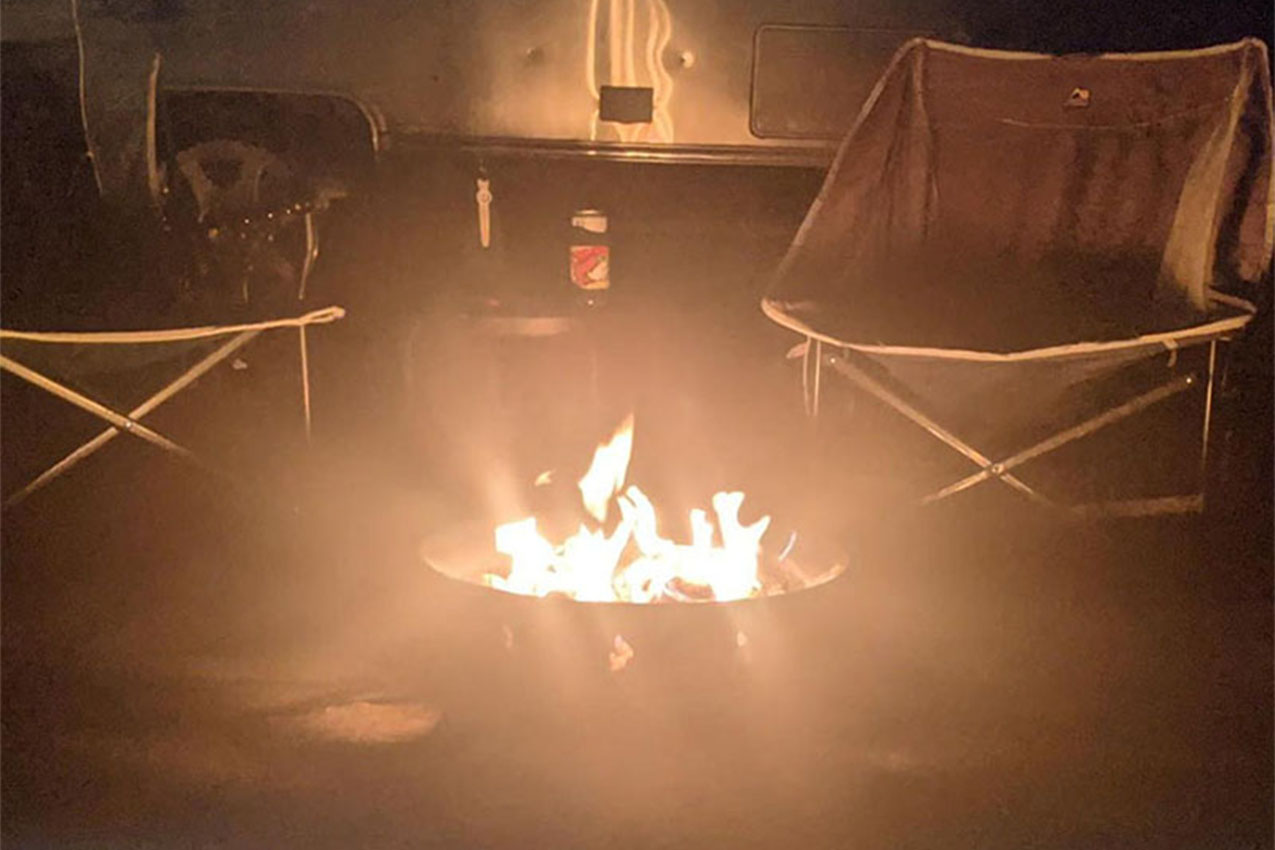
Photo by: Justine & Scott’s Adventures
Warmth
Propane campfires are a great alternative to a real campfire for gathering around on chilly nights. They are also great for anyone who has a smoke allergy. If you don’t have a propane campfire or it is not allowed, pack some extra layers and bundle up until you’re nice and cozy. If numerous layers of clothes still leave you chilled, consider using hand warmers and feet warmers.
Another way to stay warm while sitting around the campsite with family and friends is to pour boiling water in a Nalgene bottle and set it in your lap under your blanket. This will help the blanket trap in the warm air. I’ve used this trick in my sleeping bag before, and it is a game-changer.
Fun Ideas for Campfire-Free Nights
Sometimes a fire restriction can be a blessing. There are several activities to do around the campsite that are even better without a campfire.
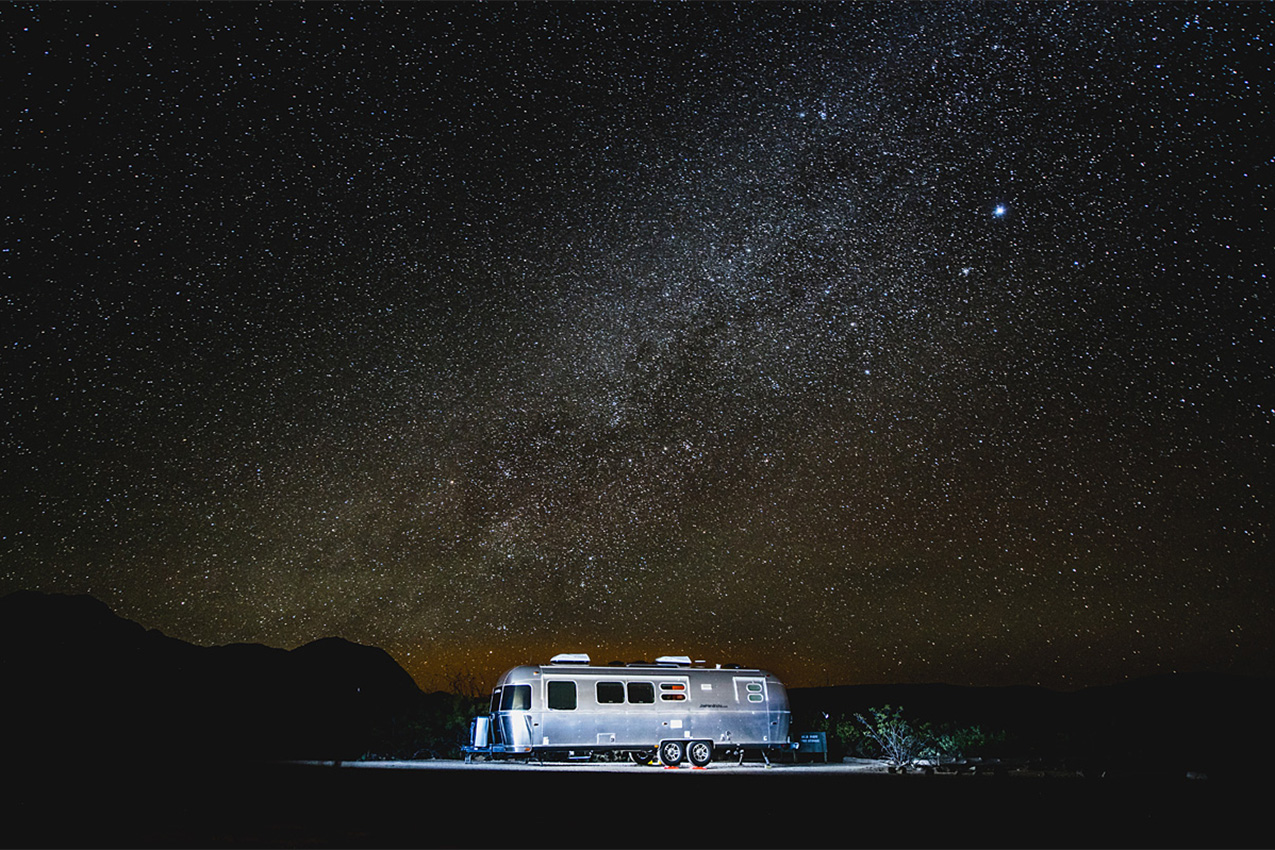
Croton Springs | Big Bend National Park, TX – Photo by: Joe Hendricks
Stargaze
Usually, if there is a burn ban in effect, the humidity is low. And when the humidity is low there is not much moisture in the air to block your view of the stars and Milky Way. If you can’t sit around the campfire, lay out some blankets and stargaze.
Tell Ghost Stories
Take advantage of the dark and a good flashlight for telling some epic ghost stories. Or, if you want to go real spooky, turn off all the lights and whisper stories into the pitch-black night.
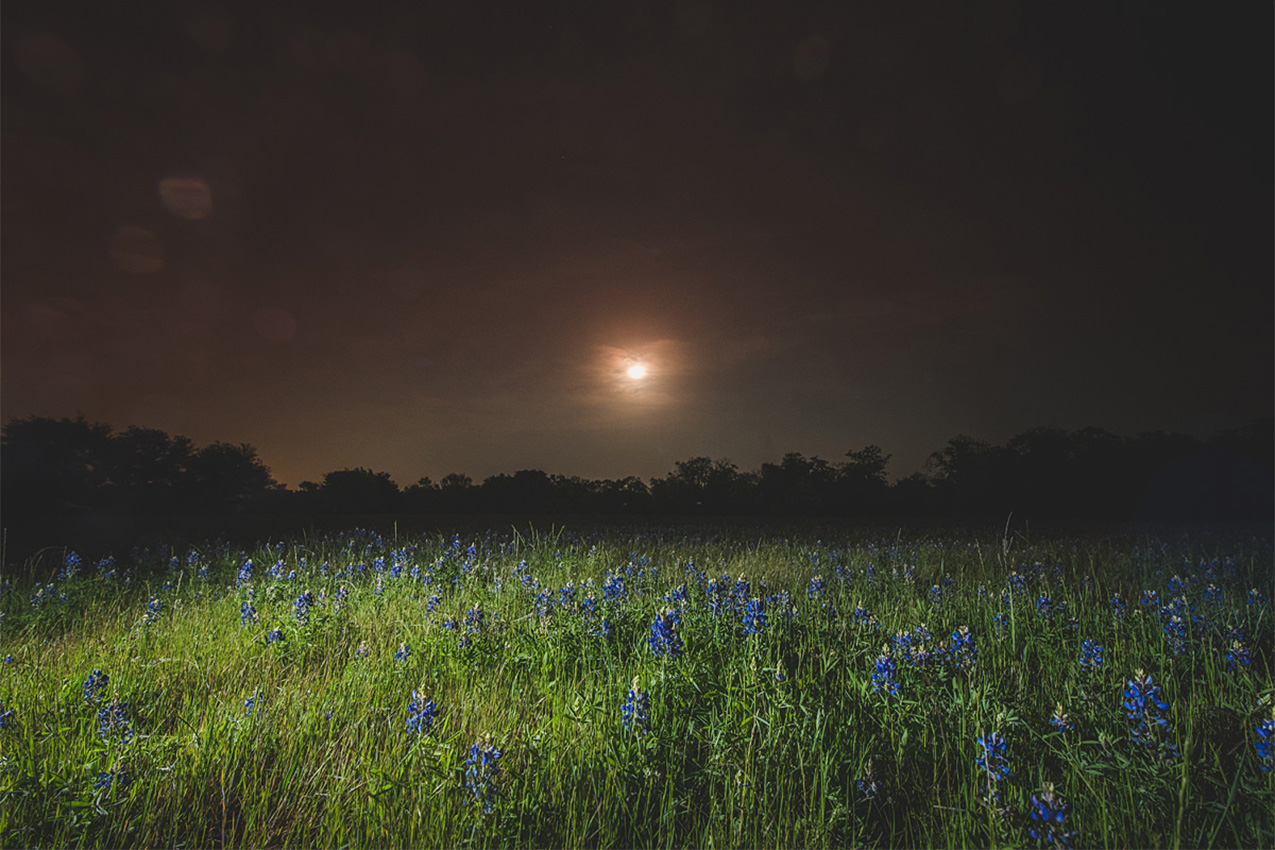
McKinney Falls State Park | Austin, TX – Photo by: Joe Hendricks
Go For a Night Hike
Nature is a very different place at night than it is during the day. Take advantage of this time to bust out your headlamps and go for a short night hike. Perhaps you’ll find somewhere where the stars will look especially beautiful against the landscape below.
Play a Game
My family is a game-playing family. We love sitting around the campsite playing Dominos or Uno. And because games usually require the picnic table, we never even notice there is no fire in the fire ring.
Don’t be bummed if you cannot have a campfire—your camping experience can still be enjoyable without one.
